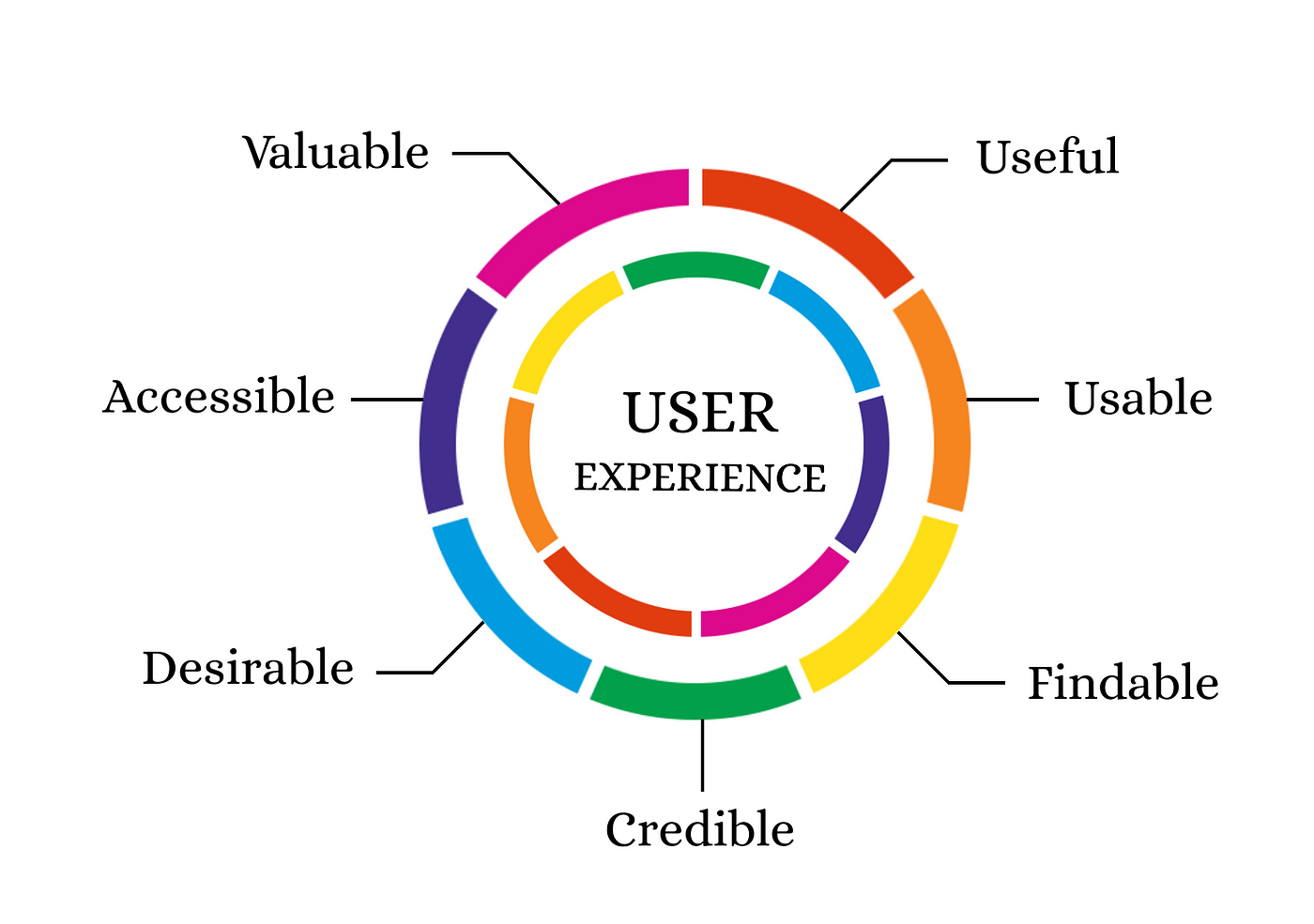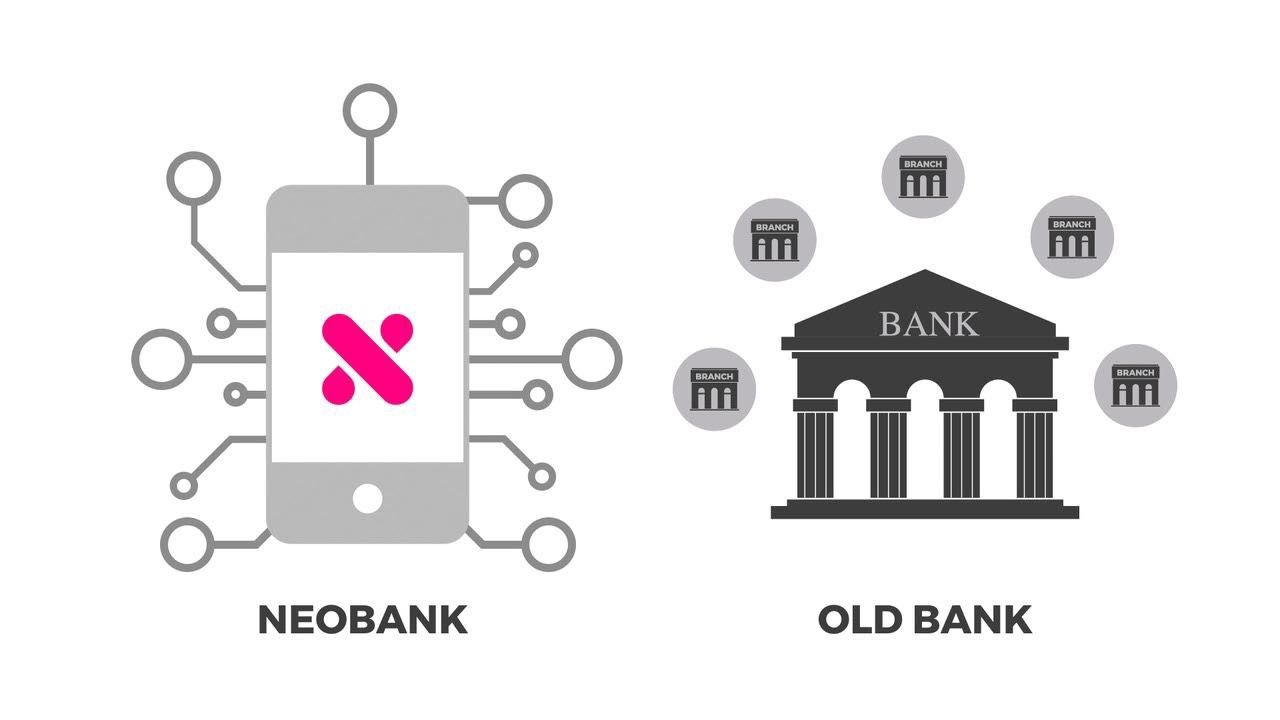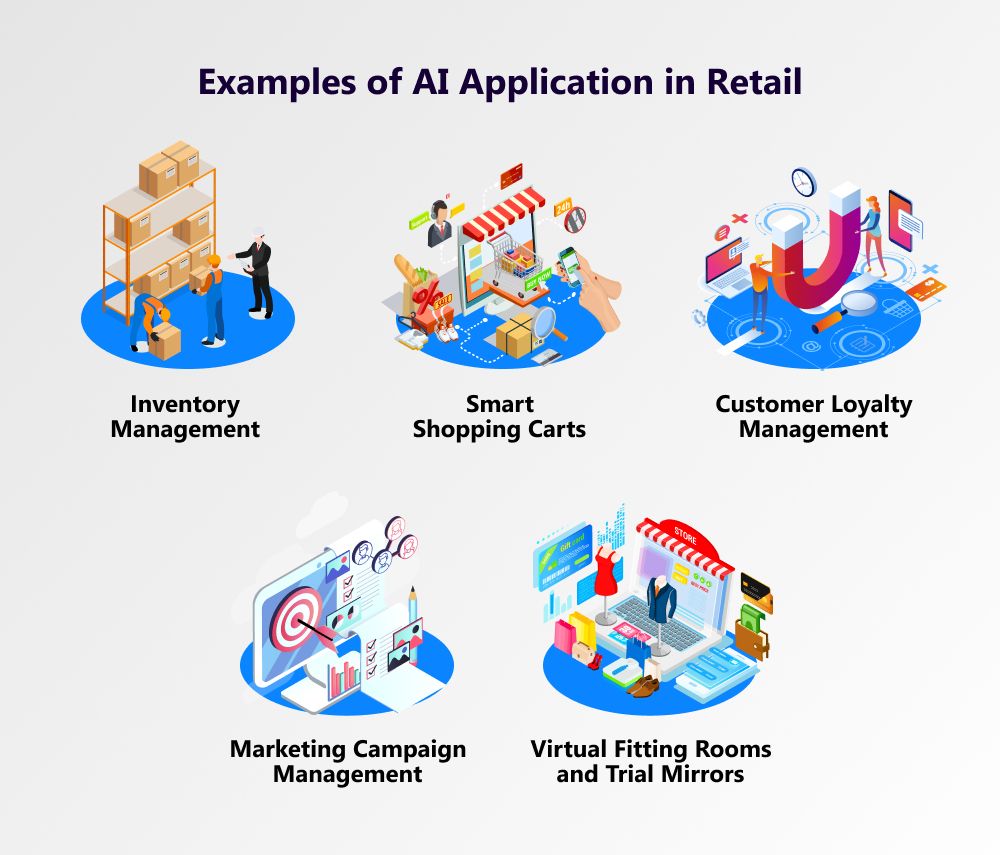Exploring the Innovative Technology Infrastructure of Neobanks

Introduction
Neobanks, also known as digital banks or challenger banks, have emerged as disruptive players in the traditional banking sector. These fintech startups leverage innovative technology infrastructure to offer a range of financial services entirely online, challenging the conventional brick-and-mortar banking institutions. This essay will delve into the technological advancements and infrastructures behind neobanks, highlighting how they drive efficiency, and customer experience, and facilitate their competitive edge.
Core Technologies
Cloud Computing
One of the key technologies powering neobanks is cloud computing. By utilizing cloud-based infrastructure provided by tech giants like Amazon Web Services (AWS) or Microsoft Azure, these digital banks can avoid heavy upfront investment in physical servers and instead rely on scalable virtual environments. Cloud computing enables neobanks to quickly scale their operations based on demand while ensuring data security and redundancy through distributed storage systems.
Application Programming Interfaces (APIs)
APIs play a crucial role in enabling seamless integration between various systems within a neobank's technology stack. They act as intermediaries for communication between different software components, allowing real-time data exchange with external service providers such as payment gateways or third-party applications. APIs enable neobanks to integrate new features rapidly and collaborate with other fintech companies effortlessly.
Artificial Intelligence (A.I.)
Artificial intelligence is another pillar of innovation for neobanks' technology infrastructure. Machine learning algorithms power intelligent chatbots used by these digital banks for customer support interactions 24/7 without human intervention. Additionally, AI-driven fraud detection models help identify suspicious transactions promptly while minimizing false positives and enhancing overall security measures.
User Experience Enhancements

Mobile-first Approach
Neobanks prioritize mobile platforms since most customers access financial services through smartphones or tablets today. By developing intuitive mobile applications with user-friendly interfaces optimized specifically for smaller screens, they provide convenient banking experiences on the go. This mobile-first approach allows customers to perform various transactions, manage accounts, and access financial insights seamlessly, increasing overall customer satisfaction.
Personalization and Data Analytics
Neobanks leverage data analytics capabilities to gain valuable insights into their customers' behavior and preferences. By utilizing advanced algorithms, they can analyze transaction patterns and offer personalized recommendations tailored to individual users. These personalized experiences enhance engagement while empowering customers with relevant financial advice or product suggestions based on their specific needs.
Enhanced Security Measures
Security is of paramount importance in the digital banking landscape. Neobanks employ cutting-edge security technologies such as biometric authentication (fingerprint or facial recognition) to ensure secure access to user accounts. They also implement two-factor authentication (2FA) methods for additional safeguards during login procedures. With these robust security measures in place, neobanks instill confidence in their users regarding the safety of their finances.
Competitive Edge
Agility and Scalability
The technology infrastructure of neobanks enables them to be agile and scalable compared to traditional banking institutions burdened by legacy systems. They can quickly adapt to changing market conditions, introduce new features or services promptly, and scale up operations efficiently without being hindered by complex bureaucratic processes prevalent in conventional banks.
Cost Efficiency
Digital banks operate with significantly lower overhead costs compared to brick-and-mortar counterparts due to reduced physical infrastructure requirements - no need for branches or extensive staffing needs at multiple locations. This cost efficiency translates into more competitive pricing structures for Neobank offerings like zero-fee accounts or low-cost international transfers.
Seamless Integration with Fintech Ecosystem
By leveraging APIs within their technology infrastructure, neobanks allow seamless integration with other fintech companies specializing in areas like personal finance management tools or investment platforms. This collaboration expands the range of services available through a single platform while offering a holistic financial experience catered toward customer needs.
Conclusion
The innovative technology infrastructure of neobanks has revolutionized the banking industry, offering customers a whole new level of convenience, personalization, and cost efficiency. By leveraging cloud computing, APIs, and artificial intelligence, and prioritizing mobile-first experiences while ensuring robust security measures, neobanks have successfully disrupted traditional banking norms. Their agility, scalability, and seamless integration with the fintech ecosystem further solidify their competitive edge. As customer expectations continue to evolve in the digital age, neobanks' technology-driven approach remains at the forefront of shaping the future of banking.
Related blogs...



